Navane (THIOTHIXENE)
THERAPEUTICS
brands
Class
- Conventional antipsychotic (neuroleptic, thioxanthene, dopamine 2 antagonist)
Navane commonly prescribed for
(Bold for FDA approved)
 How Navane works
How Navane works
• Blocks dopamine 2 receptors, reducing positive symptoms of psychosis
How long until Navane works
• Psychotic symptoms can improve within 1 week, but it may take several weeks for full effect on behavior
SIDE EFFECTS
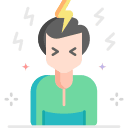 Notable Side Effects
Notable Side Effects
• Neuroleptic-induced deficit syndrome
• Akathisia
• Drug-induced parkinsonism
• Tardive dyskinesia
• Risk of potentially irreversible involuntary dyskinetic movements may increase with cumulative dose and treatment duration
• Galactorrhea, amenorrhea
• Sedation
• Dry mouth, constipation, vision disturbance, urinary retention
• Hypotension, tachycardia
• Rare fine lenticular pigmentation
 Life Threatening Side Effects
Life Threatening Side Effects
• Rare neuroleptic malignant syndrome may cause hyperpyrexia, muscle rigidity, delirium, and autonomic instability with elevated creatine phosphokinase, myoglobinuria (rhabdomyolysis), and acute renal failure
• Rare seizures
• Rare blood dyscrasias
• Rare hepatic toxicity
• As a class, antipsychotics are associated with an increased risk of death and cerebrovascular events in elderly patients with dementia; not approved for treatment of dementia-related psychosis
weight gain
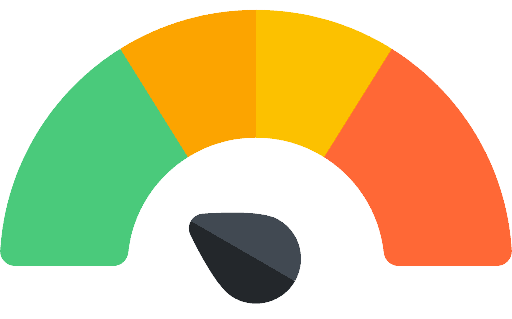
unusual
sedation
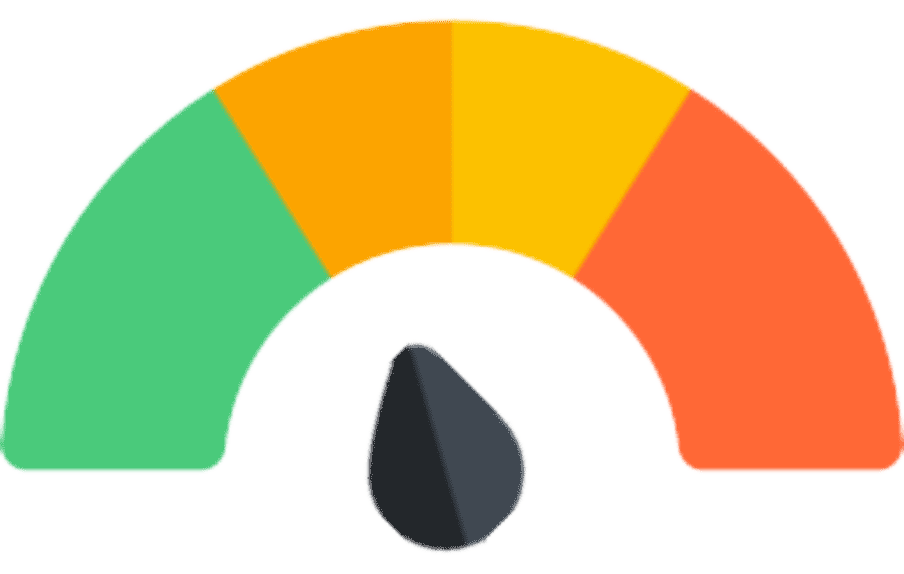
not usual
What to do about Navane side effects
• Wait
• Wait
• Wait
• For drug-induced parkinsonism, add an anticholinergic agent
• Beta blockers, benzodiazepines, or serotonin 2A antagonists (e.g., mirtazapine, cyproheptadine) may reduce akathisia
• For sedation, take at night
• Reduce the dose
• Switch to an atypical antipsychotic
• Weight loss, exercise programs, and medical management for high BMIs, diabetes, dyslipidemia
• Metformin may help prevent or reverse antipsychotic-induced weight gain
DOSING AND USE
usual dosage range
• 15–30 mg/day
 Dosage Forms
Dosage Forms
• Capsule 2 mg, 5 mg, 10 mg
long term use
• Should periodically reevaluate long-term usefulness in individual patients, but treatment may need to continue for many years
habit forming
• No
SPECIAL POPULATIONS
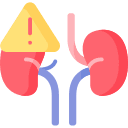 Renal Impairment
Renal Impairment
• Use with caution
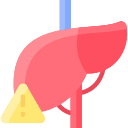 Hepatic Impairment
Hepatic Impairment
• Use with caution
 Cardiac Impairment
Cardiac Impairment
• Thiothixene may cause or aggravate ECG changes
• Use in patients with cardiac impairment has not been studied, so use with caution because of risk of orthostatic hypotension
• Use with caution if patient is taking concomitant antihypertensive or alpha 1 antagonist
 Elderly
Elderly
• Some patients may tolerate lower doses better
• Although conventional antipsychotics are commonly used for behavioral disturbances in dementia, no agent has been approved for treatment of elderly patients with behavioral symptoms of dementia such as agitation
• Elderly patients with dementia-related psychosis treated with antipsychotics are at an increased risk of death compared to placebo, and also have an increased risk of cerebrovascular events
 Children and Adolescents
Children and Adolescents
• Safety and efficacy have not been established in children under age 12
• Generally consider second-line after atypical antipsychotics
 Pregnancy
Pregnancy
• Controlled studies have not been conducted in pregnant women
• There is a risk of abnormal muscle movements and withdrawal symptoms in newborns whose mothers took an antipsychotic during the third trimester; symptoms may include agitation, abnormally increased or decreased muscle tone, tremor, sleepiness, severe difficulty breathing, and difficulty feeding
• Reports of drug-induced parkinsonism, jaundice, hyperreflexia, hyporeflexia in infants whose mothers took a phenothiazine during pregnancy
• Psychotic symptoms may worsen during pregnancy and some form of treatment may be necessary
• Atypical antipsychotics may be preferable to conventional antipsychotics or anticonvulsant mood stabilizers if treatment is required during pregnancy
• Thiothixene should generally not be used during the first trimester
• Thiothixene should be used during pregnancy only if clearly needed
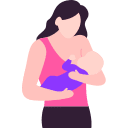 Breast Feeding
Breast Feeding
• Unknown if thiothixene is secreted in human breast milk, but all psychotropics are assumed to be secreted in breast milk
• Recommended either to discontinue drug or bottle feed
Based on data Published online by Cambridge University Press
Compiled by Dr. Jash Ajmera